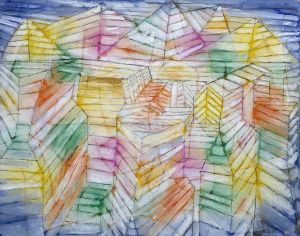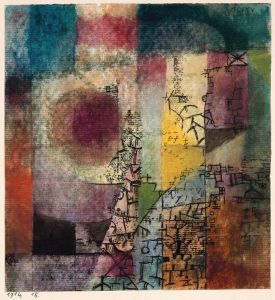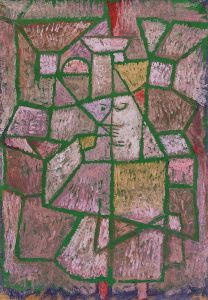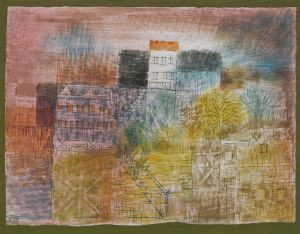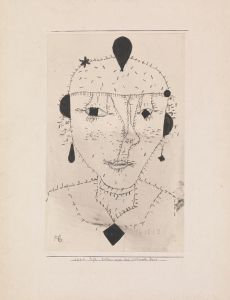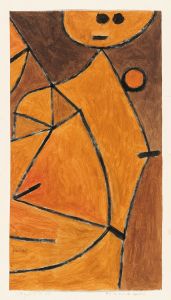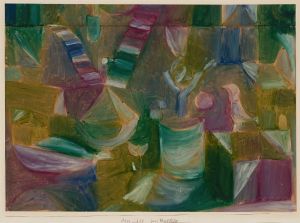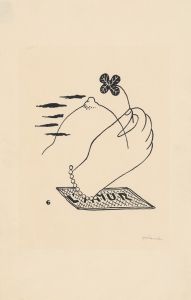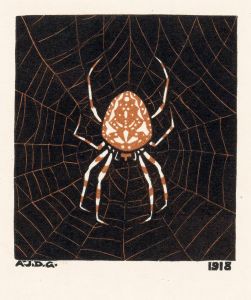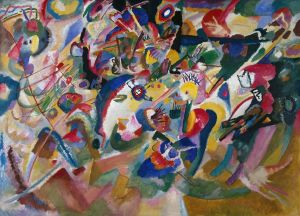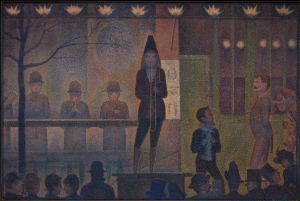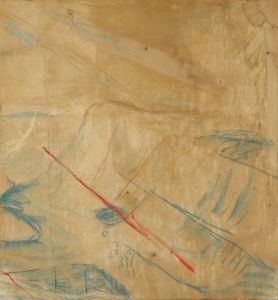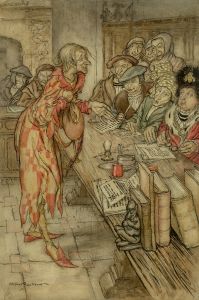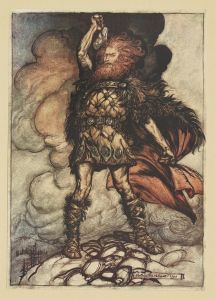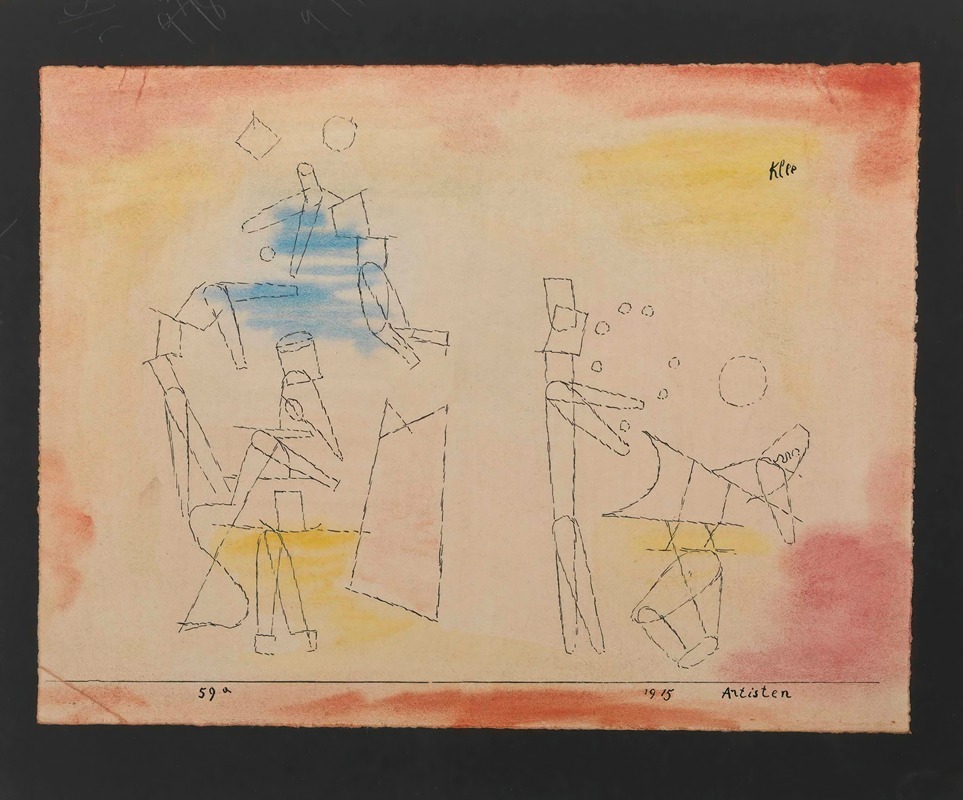
Acrobats
A hand-painted replica of Paul Klee’s masterpiece Acrobats, meticulously crafted by professional artists to capture the true essence of the original. Each piece is created with museum-quality canvas and rare mineral pigments, carefully painted by experienced artists with delicate brushstrokes and rich, layered colors to perfectly recreate the texture of the original artwork. Unlike machine-printed reproductions, this hand-painted version brings the painting to life, infused with the artist’s emotions and skill in every stroke. Whether for personal collection or home decoration, it instantly elevates the artistic atmosphere of any space.
"Acrobats" is a painting by the Swiss-born artist Paul Klee, created in 1914. Klee was a pivotal figure in the development of modern art, known for his highly individual style that was influenced by movements such as Expressionism, Cubism, and Surrealism. His work often features a unique blend of abstraction and figuration, characterized by a playful use of color and form.
The painting "Acrobats" exemplifies Klee's fascination with the whimsical and the fantastical. During this period, Klee was deeply influenced by his travels and the vibrant cultural exchanges he experienced. In 1914, Klee visited Tunisia, a trip that had a profound impact on his use of color. The bright, luminous hues of the North African landscape inspired him to experiment with color in new and innovative ways, which is evident in "Acrobats."
"Acrobats" features a composition that is both dynamic and balanced, capturing the essence of movement and performance. The figures in the painting are stylized and abstracted, a common characteristic of Klee's work. They are depicted in various poses that suggest agility and grace, embodying the spirit of acrobatic performance. The background and figures are rendered in a harmonious palette, reflecting Klee's mastery of color theory and his ability to convey emotion and narrative through color.
Klee's work often incorporates elements of fantasy and childlike imagination, and "Acrobats" is no exception. The painting invites viewers into a world where the boundaries between reality and imagination are blurred. This approach is indicative of Klee's broader artistic philosophy, which sought to explore the subconscious and the dreamlike aspects of human experience.
Throughout his career, Klee was associated with several influential art movements and groups. He was a member of the German Expressionist group Der Blaue Reiter and later taught at the Bauhaus, where he developed his theories on color and form. His work, including "Acrobats," reflects the interdisciplinary approach of the Bauhaus, combining elements of fine art, design, and architecture.
"Acrobats" is a testament to Klee's innovative spirit and his ability to transcend traditional artistic boundaries. The painting is celebrated for its vibrant use of color, its playful composition, and its ability to evoke a sense of wonder and curiosity. Today, Klee's work continues to be studied and admired for its contribution to modern art and its enduring influence on artists and art movements worldwide.
In summary, "Acrobats" by Paul Klee is a significant work that captures the artist's unique style and his exploration of color, form, and imagination. It stands as a representation of Klee's artistic legacy and his impact on the development of 20th-century art.





